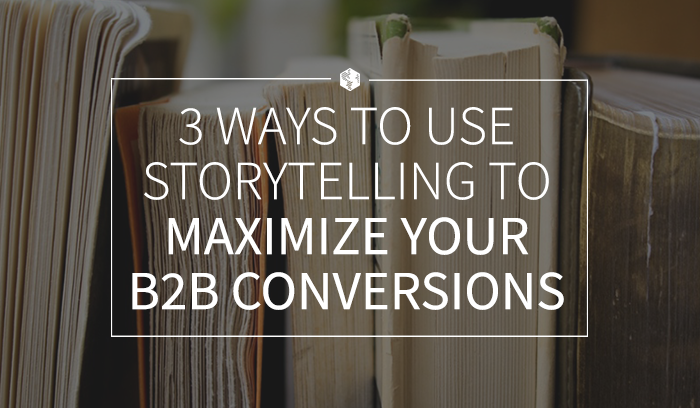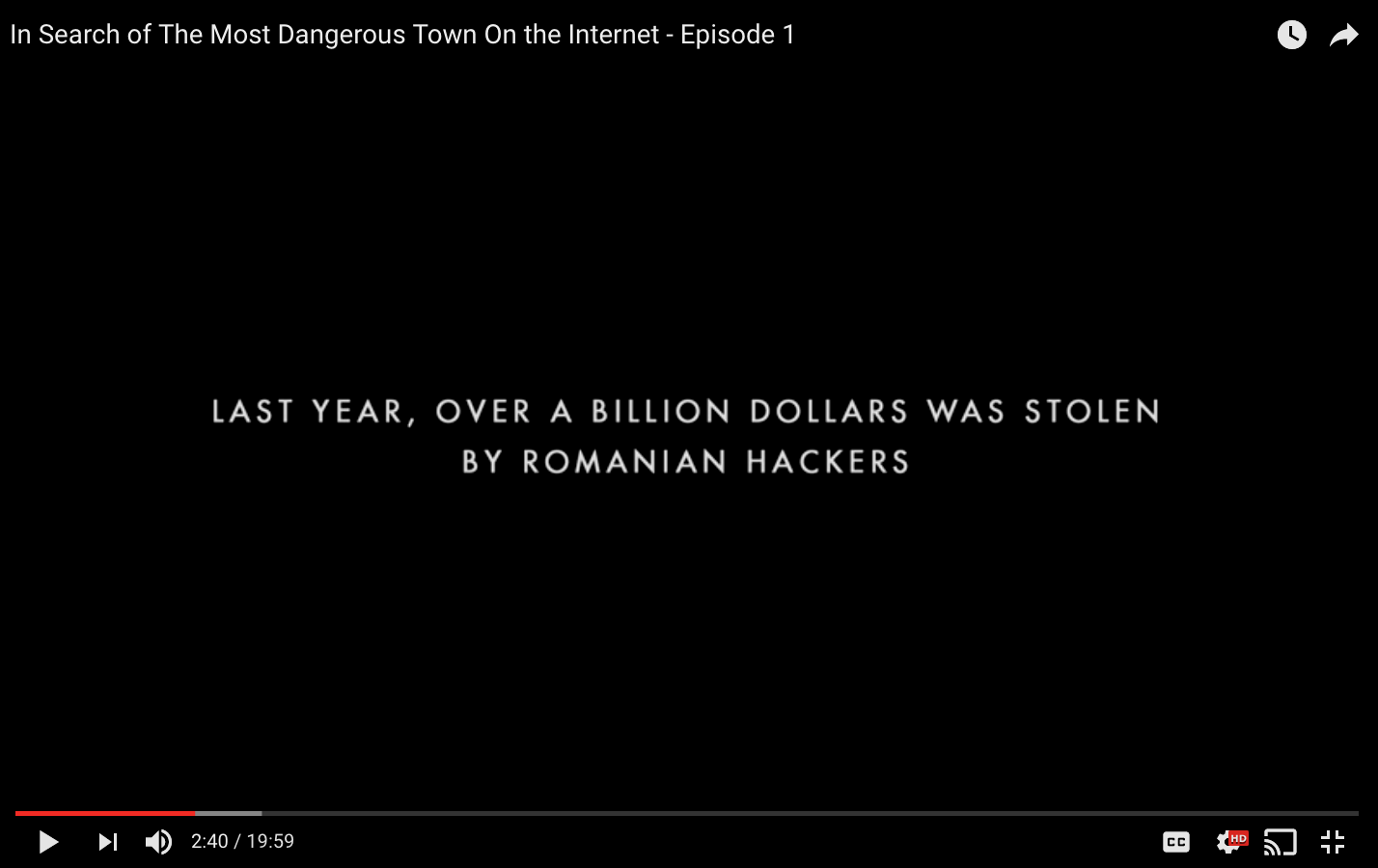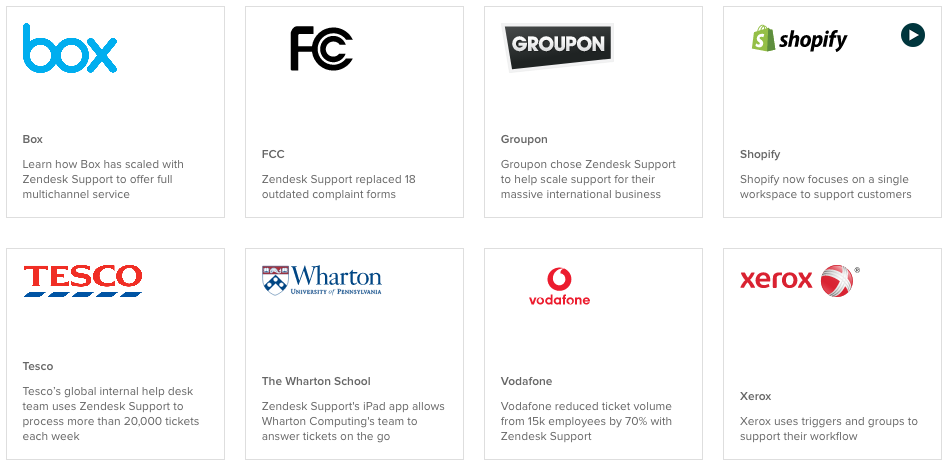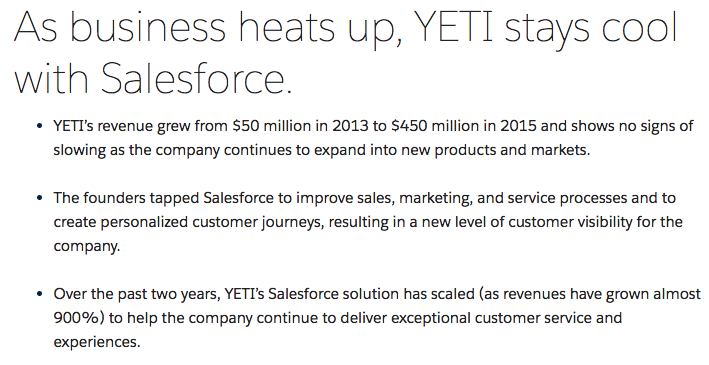In order to attract a B2B buyer to your business, you need to find a way to catch and keep their attention. Before you can provide them with the data, statistics, and numbers they need to make a purchasing decision, you need to make them care about your company, products, or solution strategy.
One of the best ways to do this is through telling a story with your marketing. Storytelling is frequently used in B2B marketing as a way to appeal to the person in charge of making decisions. It allows you to grab their attention, give them something to connect with, and evoke emotions that will make them more likely to make a purchase.
In this article, we’ll reveal three ways you can implement storytelling in your B2B marketing strategy. Let’s jump in!
Key Takeaways:
- Storytelling enables you to create a strong connection with your B2B buyer.
- You can use storytelling tactics throughout your B2B marketing strategy to make information more entertaining, interesting, and detailed.
- Using storytelling can help you build trust, establish authority, and improve credibility with your audience.
1. Use Characters to Build Connections
Every story—even those used for marketing purposes—needs to revolve around a set of characters. In the case of B2B marketing, these characters are usually business owners, managers, or entire companies that succeed or fail, depending on the mood of your story.
The We Are Workday video from Workday presents several different character images, all with the same problems or concerns. The right B2B buyer might see themselves appearing alongside the other characters.
Your reader should be able to put themselves in a character’s shoes and understand what they’re going through or what challenges they’re facing. Using characters who share the same problems, fears, and aspirations as your target audience gives your reader the ability to envision themselves in your story.
Use your buyer persona to help you create your characters. Whether you use a real representation of your buyer persona or a fictional version, you want your characters to share many of the same values, needs, and fears as your target audience.
2. Provide the “Worst-Case Scenario”
Fear is an extremely strong emotion when it comes to marketing, especially in the B2B world. Addressing those fears through storytelling can be a great way to show how you can help.
For example, Norton played on fear when they created their series of In Search of the Most Dangerous Town on the Internet videos. Using stories told in the form of an investigative journalism documentary, Norton explored the very real threat of hackers on businesses, politicians, and even your average individual.
Because B2B buyers want to do what they can do avoid the possibility of failing or falling short of their business goals, they’re looking for solutions to help them ensure those fears are never realized. Using a “worst-case scenario” story will attract your audience’s attention, and offer the opportunity to show how you can help.
Your target audience’s fears and concerns should be considered when developing your buyer persona. Use this information to create your “worst-case scenario” story. Then, you can portray your product or service as a solution to your audience’s biggest fear, showing that you understand their needs and you’re prepared to help them through.
3. Present Real Case Studies
B2B buyers want to know that your solution is tried and tested, but simply telling them you’ve helped businesses just like theirs probably isn’t enough to convince them to purchase. If you want to convince them to buy, you need to show them real problems you’ve solved.
The Customers page of the Zendesk website proudly shows off their top case studies. By giving visitors an easy way to browse through its various success stories, potential customers can get a feel for whether or not the company is able to meet their expectations.
Case studies like these can boost credibility with your audience and offer a better understanding of just how you can help them. When they can examine the companies that you’ve worked with in the past, they will be more likely to trust the capabilities of your business.
When creating your case studies, use your biggest successes and the largest brand names. Display them clearly on your website so B2B buyers can browse through them when conducting research.
Bonus: Incorporate Data into Your Stories
When it comes time to make a purchase, your B2B buyer is going to look for data, numbers, and research to help them understand if the decision is right for them. However, if you simply rattle off data throughout your content, your audience is less likely to connect with your message.
As part of their YETI case study, Salesforce presents the important statistics and data relevant to their story in an interesting way. Instead of spitting out numbers, they provide high-level takeaways that include the most important information.
Incorporating data into your story can help your reader retain the information better. If they’re intrigued by the story you’re presenting, they’ll be less likely to skip over the data in favor of more interesting content.
Use your data creatively throughout the storytelling process. Include your most important information by asking your readers questions, providing them with informative insights, and backing up facts and statistics. Each bit of data you provide should push them to continue reading.
Conclusion
Using storytelling tactics throughout your B2B marketing strategy is one of the most effective ways to connect with your buyer, walking them through each step of the buyer’s journey. From attracting their attention to providing them with the information they need to make an informed purchase, storytelling can help you build lasting relationships with your audience.
Let’s recap four ways you can implement storytelling within your B2B marketing strategy:
- Use characters who your target audience can identify and connect with.
- Talk about your buyers’ “worst-case scenarios” to prove you can provide a solution to their problems and fears.
- Discuss real case studies to boost authority and improve trust.
- Infuse data throughout your story to make it more entertaining and credible.
Which storytelling tactic do you think your audience will enjoy the most? Let us know in the comments section below!
Image Source: Pixabay




































